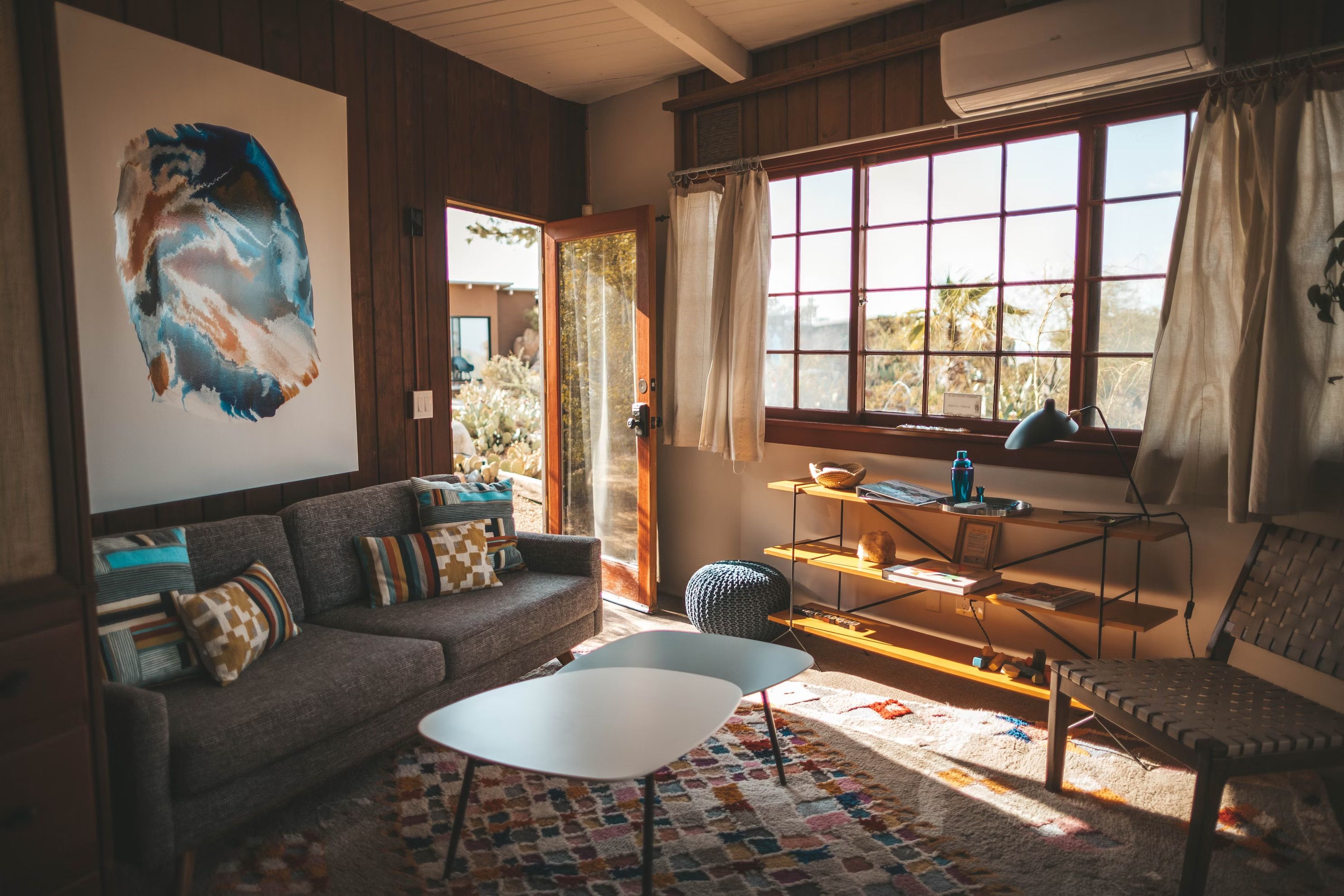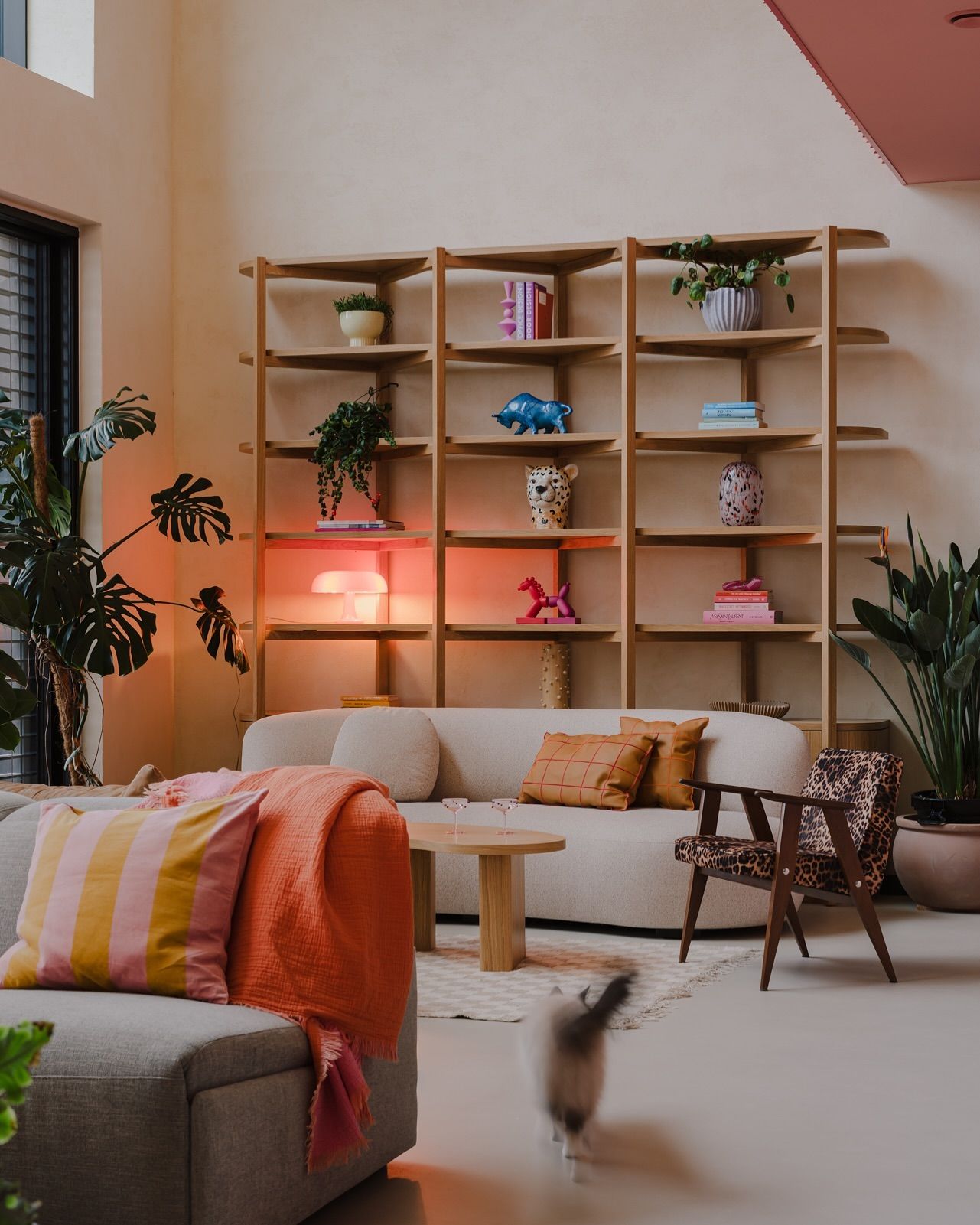Discover Cutting Boards
Spoken matches cutting boards across 100s of stores to find you the best price.



Quick facts
Can't find the answer you're looking for? Please get in touch with our friendly team.
What are the disadvantages of bamboo cutting boards?
Bamboo cutting boards can be harder on knives, dulling them faster than softer wood. They may also absorb moisture, leading to warping or cracking over time. Additionally, some bamboo boards may not be treated with food-safe finishes, raising concerns about hygiene.
What are the worst surfaces for cutting boards?
The worst surfaces for cutting boards include glass, marble, and granite. These materials can dull knives quickly and are hard on blades. Additionally, they can be slippery, increasing the risk of accidents while cutting. It's best to use wood or plastic for safety and knife care.
Why are boos cutting boards so good?
Boos cutting boards are highly regarded for their durability, quality craftsmanship, and use of premium hardwoods like maple and walnut. They are designed to resist warping and cracking, providing a stable surface for food preparation. Their natural antibacterial properties also make them safe for kitchen use.
What kind of cutting board do professional chefs use?
Professional chefs typically use wooden or bamboo cutting boards for their durability and knife-friendly surfaces. Some also prefer plastic boards for easy cleaning and sanitation. End grain boards are particularly favored for their longevity and resistance to knife marks.
What type of cutting board is the most sanitary?
Plastic cutting boards are generally considered the most sanitary because they are non-porous and can be easily cleaned in a dishwasher. Bamboo boards are also a good option, as they have natural antibacterial properties. Avoid wooden boards for raw meat, as they can harbor bacteria.
What is the best type of cutting board to use?
The best type of cutting board is typically made from hardwood, like maple or walnut, as they are durable and less prone to knife damage. Bamboo is also a good option, being eco-friendly and lightweight. Avoid glass or marble boards, as they can dull knives.
Category Overview
Introduction
Cutting boards are essential components of any kitchen, serving a vital role in food preparation and safety. These versatile tools enhance your cooking experience by providing a dedicated surface for slicing, dicing, and chopping. Beyond their utilitarian function, cutting boards can add an aesthetic touch to your kitchen decor. Whether you're preparing meals for family or hosting friends, a well-chosen cutting board not only improves comfort during food prep but also reflects your personal style.
Functionality
The primary function of cutting boards is to protect countertops from knife damage while providing a stable surface for food preparation. They are used predominantly in the kitchen but can also serve as charming serving platters in dining areas or during outdoor barbecues. Many cutting boards come with unique features such as juice grooves for catching liquids or handles for easy maneuverability. Some even double as beautiful serving trays when entertaining guests!
Design & Style
Cutting boards come in various materials, including wood, bamboo, plastic, and glass, each offering distinct advantages. For instance, wooden boards are favored for their durability and natural beauty, while plastic models are often lighter and dishwasher-safe. Design variations range from rustic farmhouse aesthetics to sleek modern looks that complement minimalist kitchens. Personalization options like engraved designs make it easy to customize your cutting board to fit seamlessly within different decor themes—be it contemporary elegance or cozy cottage charm.
Practical Considerations
When selecting the right cutting board for your home, consider factors such as the size of your kitchen and how frequently you cook. Wooden boards provide heavy-duty functionality but require proper maintenance to prevent warping and cracking; hence they may not be suitable for all households. Conversely, lightweight plastic options may be ideal if space-saving is a priority in smaller kitchens. Avoid common mistakes like choosing overly small boards that limit workspace or neglecting the need for multiple boards dedicated to specific food types (e.g., meat versus vegetables) to avoid cross-contamination.
Comparison and Alternatives
When comparing materials such as wood vs. plastic or glass vs. bamboo, each comes with its own set of advantages and disadvantages: Wood: Durable yet requires maintenance. Plastic: Lightweight and easy to clean but may harbor bacteria if scratched. Glass: Stylish but can dull knives quickly.Choose rectangular boards if you plan on using them mainly for meal prep; round options might work better as serving platters depending on your needs.
Trends and Popular Items
Currently trending are eco-friendly bamboo cutting boards that appeal to environmentally conscious consumers seeking sustainable kitchen tools without sacrificing style or function. Additionally, multi-functional designs—like those combining cutlery storage with the board—are gaining popularity among urban dwellers looking for efficiency in compact spaces. In conclusion, whether you're a novice home cook or a seasoned chef, investing in the right cutting board enhances both practicality and aesthetic appeal in your culinary adventures!